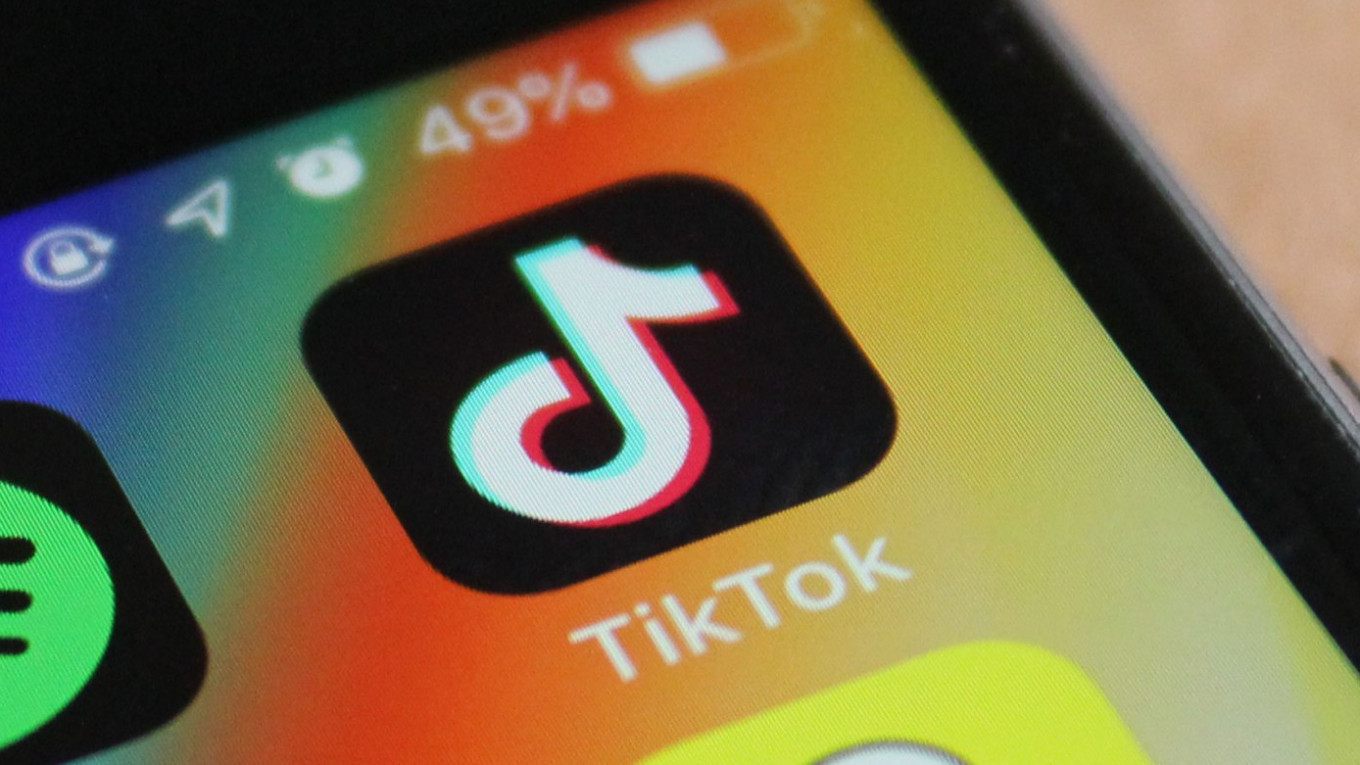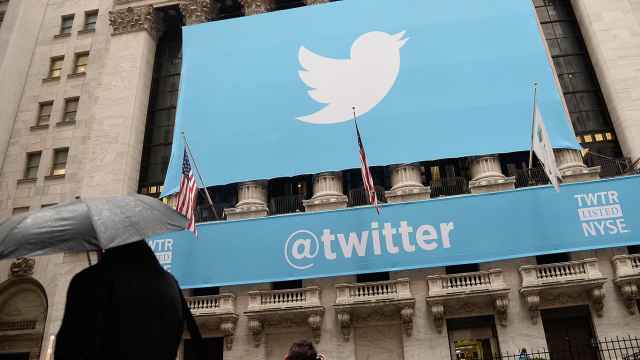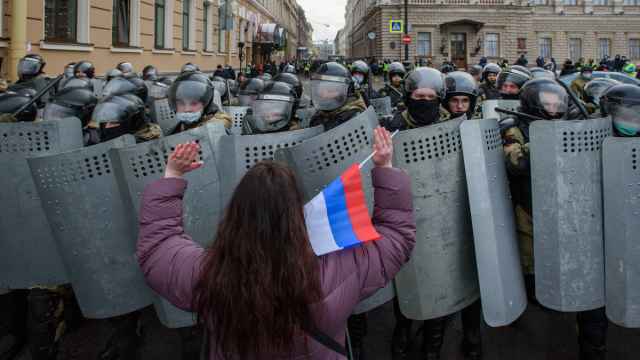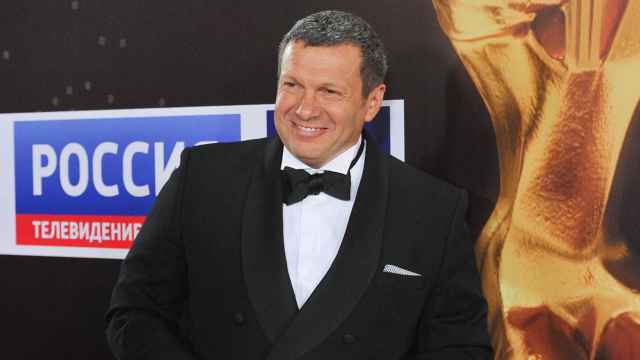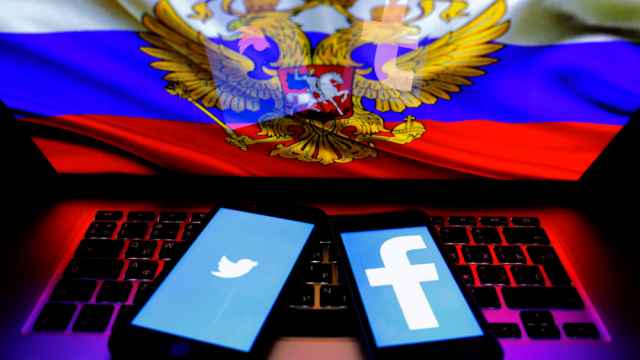Whether you live in Moscow, Berlin, New York, Tokyo, Delhi or Buenos Aires, chances are you still think TikTok is some kind of marginal Chinese social network where teenagers from all over the world dance and sing. Not anymore, it isn’t.
Consider TikTok in Russia. The numbers are simply astounding. As of late 2019, 8 million Russians were on the platform, most of whom were, indeed, teenagers. But now, just one year later, the number of Russian users has skyrocketed to 20 million — most of whom are between 25 and 34 years of age.
The number of TikTok users worldwide stood at 800 million back in pre-quarantine January, according to the Digital 2020 report prepared by We Are Social and Hootsuite. But it is probably safe to say that the number will have surpassed the 1 billion mark by early 2021.
Although it would be pointless to deny that TikTok is growing more powerful by the day, it is still possible to try to fight it — as outgoing U.S. President Donald Trump attempted to do this past year. Of course, like many of his other punitive measures, this effort also proved futile. Nevertheless, another option is to harness the power of TikTok in the service of your own goals. As they say, “If you can’t beat ‘em, join ‘em.”
In fact, this was exactly the strategy the Russian authorities adopted for all the main social networks starting in 2011. That’s when hundreds of thousands of Muscovites used the internet to organize anti-government protests that filled the streets of central Moscow.
Again, this wave of protests was what prompted the Kremlin to get serious about the internet. The ruling authorities either eliminated each major online media outlet or coerced it into taking a pro-Kremlin stance. Many opted to relocate to Russia’s near-abroad for safety’s sake. Investigative journalism has become the domain of small-scale initiatives ever since.
The authorities began actively blocking sites, including by extrajudicial means. They introduced laws labeling certain individuals and groups as “foreign agents” as well as other laws that effectively introduced partial censorship of the media, making it illegal to, for example, “offend” the sensibilities of religious believers or the authorities. The vague wording of the laws and the overly broad interpretation of their intent has compelled journalists to censor their own work constantly to avoid trouble.
In this way, leaders easily routed the Russian media and drove them into the ghettos where they have remained for the past 10 years. Muzzling the few major Russian IT players turned out to be easier still: the country’s siloviki, or security forces, used their time-tested method of applying pressure or else coercing companies to sell off assets to Kremlin-friendly individuals.
Significantly, the Kremlin did not apply the same repressive policy against the biggest players of all — Google, Facebook and Twitter. True, government officials occasionally appeared on TV threatening to block one of the giants, but every instance inevitably ended with leaders imposing ridiculous fines amounting to no more than several hundred, or at most, several thousand dollars.
No one knows why the government took this particular approach. If it was from a desire to save face, well, leaders had repeatedly lost face many times before. It might be that it was technically too difficult for them to block a major platform without suffering serious fallout. In the end, the authorities only succeeded in blocking LinkedIn, which had not been particularly popular in Russia anyway. They also set out to block the popular Telegram messenger service, but officially abandoned the effort after several years of trying.
Of course, if the Kremlin were to follow the example of Belarusian President Alexander Lukashenko — who switched off the country’s internet connection when anti-government protests were at their peak — it would only cripple Russia’s entire technological sphere, including the economy. Instead, leaders might emulate China by building a full-scale “sovereign” and parallel internet. Evidence suggests that the Kremlin has been attempting to do just that in recent years, but the result remains unknown.
One way or another, it was this state of affairs that first prompted the Kremlin to develop its atypical “soft power” approach. The Kremlin concluded that since it could not yet shut down the major social networks, it would thwart the West, domestic opposition and the country’s independent media by shaping public opinion with the help of “troll factories.” These are large office buildings on the outskirts of major Russian cities filled with paid employees laboring around the clock writing posts and commentary on social networks according to instructions from government handlers.
When Russian journalists — including this author — first reported the existence of troll factories in 2013-2014, many said it sounded too crazy to be true. However, after the U.S. presidential election upset in 2016 and the Brexit vote in Britain, talk of Russian trolls no longer sounded paranoid and the whole world became interested. The social weapon that had proven so successful domestically had been redirected for “export.”
As it turns out, it is simple to manage public opinion using only basic psychological methods. For example, the number of likes and dislikes affects how viewers perceive a video. Also, readers tend to automatically ignore both the high-profile and main comments on a video, but if many of the comments are negative, then doubt creeps into the user’s mind.
Exactly the same methods are now being used on TikTok. For the last few months, I have been carefully studying what you might call the site’s popular socio-political content: jokes about President Putin as well as material on opposition leader Alexei Navalny and the protests in Khabarovsk and Belarus. I can now definitely say that the same thing we saw 5-7 years ago on Twitter, Facebook, YouTube and Instagram is gaining momentum on TikTok.
A huge number of accounts is appearing with strange nicknames such as “user58311400.” These accounts have no accompanying photos, publish nothing of their own and have no subscribers. And now, they are starting to post aggressive comments that express the Kremlin’s propaganda in a nutshell: before Putin, everything was terrible; Putin is the best ruler in the world; the West dreams of destroying Russia; and opposition members in both Russia and Belarus are only Western puppets.
However, credit must be given to the older generation of TikTok users who have developed what during the pandemic we might call “anti-bodies” to such propaganda. They almost immediately identify the bots and trolls and openly ridicule them. Maybe this is why, at the end of 2020, the phrase “Putin is great” seems somehow unnatural on the internet.
A Message from The Moscow Times:
Dear readers,
We are facing unprecedented challenges. Russia's Prosecutor General's Office has designated The Moscow Times as an "undesirable" organization, criminalizing our work and putting our staff at risk of prosecution. This follows our earlier unjust labeling as a "foreign agent."
These actions are direct attempts to silence independent journalism in Russia. The authorities claim our work "discredits the decisions of the Russian leadership." We see things differently: we strive to provide accurate, unbiased reporting on Russia.
We, the journalists of The Moscow Times, refuse to be silenced. But to continue our work, we need your help.
Your support, no matter how small, makes a world of difference. If you can, please support us monthly starting from just $2. It's quick to set up, and every contribution makes a significant impact.
By supporting The Moscow Times, you're defending open, independent journalism in the face of repression. Thank you for standing with us.
Remind me later.



